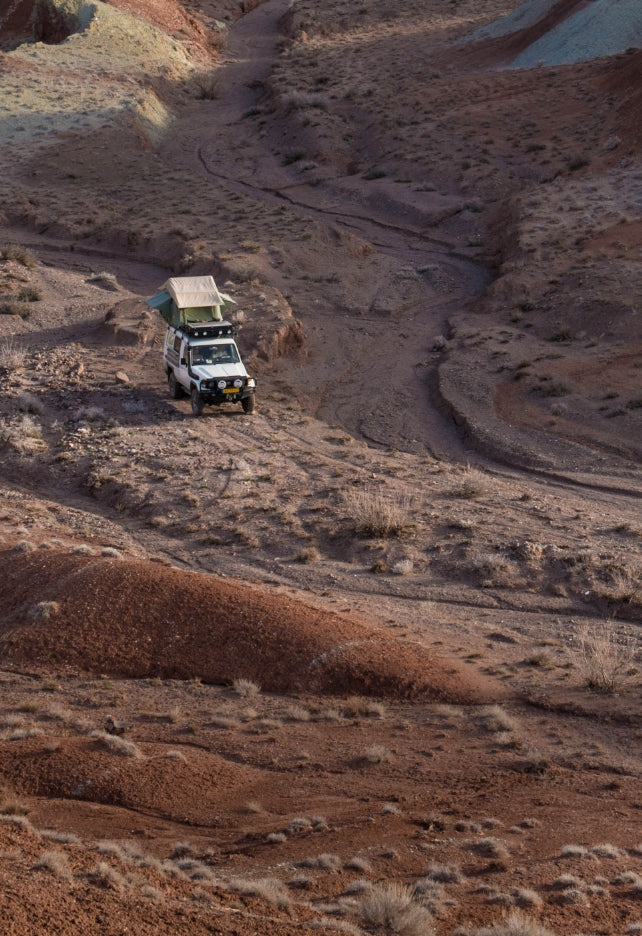There are several reasons for this. Basically, it is important to know that PVC does not tolerate long-term UV radiation, which ultimately leads to clouding and material fatigue. The transition from PVC to canvas also requires a very thick seam. Rainwater will inevitably collect at this unnecessary point of attack and weaken the durability of the seam in the long term. This premature wear is supported by the different material properties and aging processes of PVC and canvas, which in turn leads to tension at the seam. A leaky tent is often the result. A very important and often overlooked point is that a PVC opening in the tropical roof negates its function of shading and cooling the sleeping area. With our decades of experience in tent construction, we at Gordigear still consider roof windows to be an unnecessary and, above all, unpredictable weak point in the most unsuitable place imaginable. The risk of having to cancel a dream vacation, an expedition or a trip around the world because of a broken roof window is out of proportion to the supposed advantages, because unfortunately you will only be able to see the stars through a PVC film anyway.


